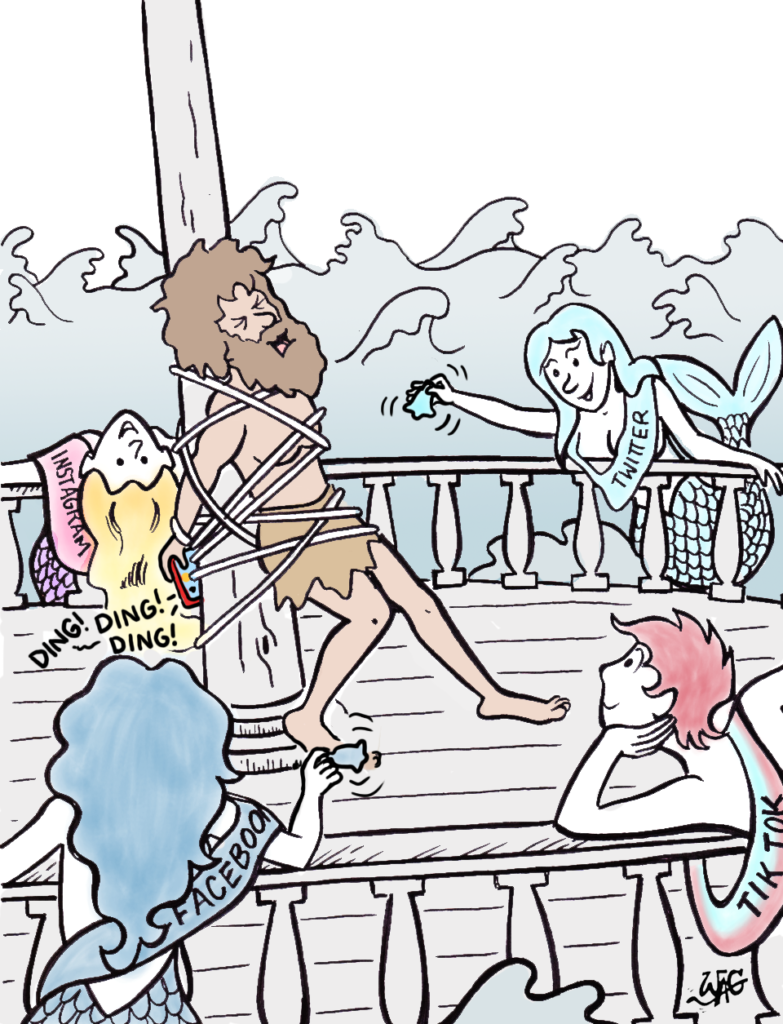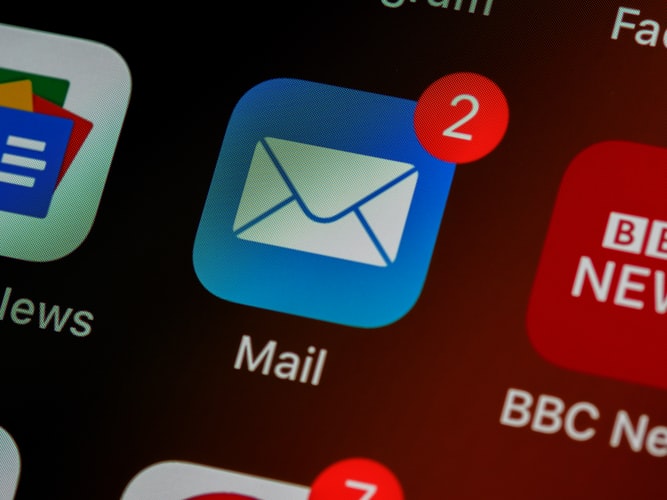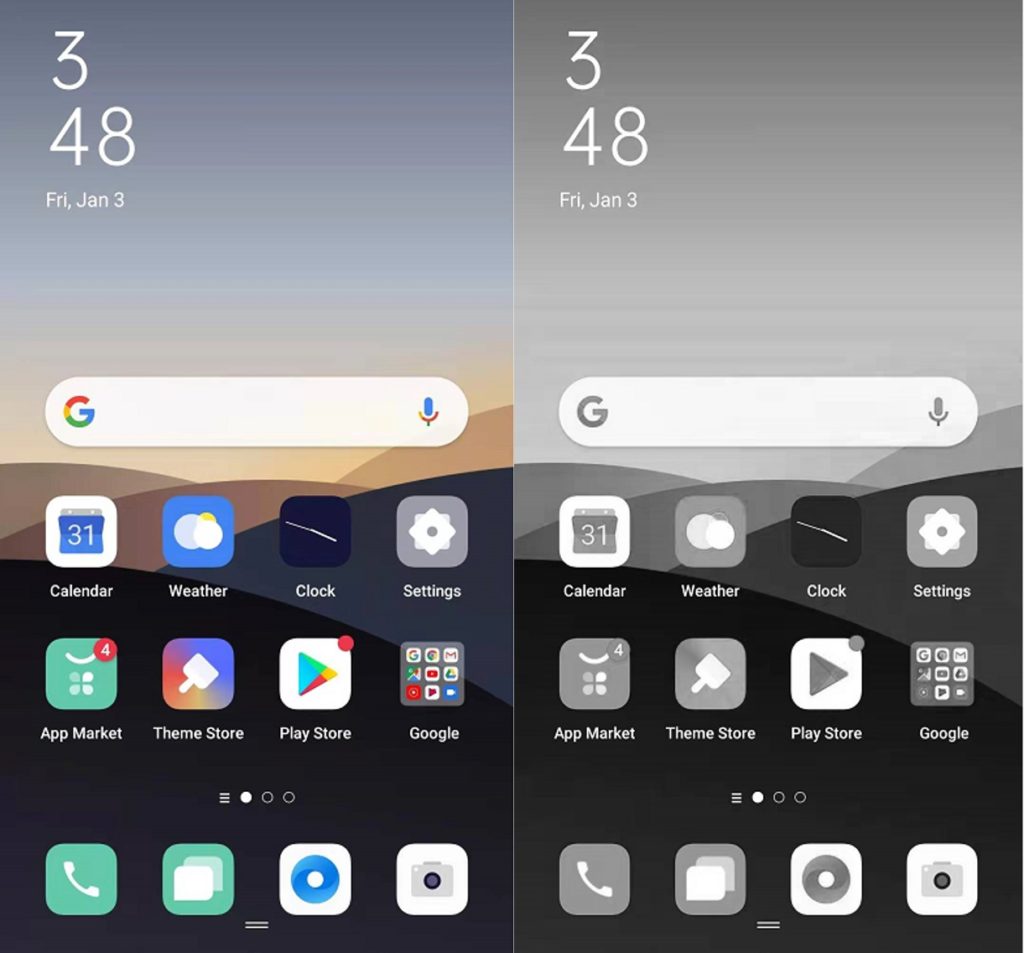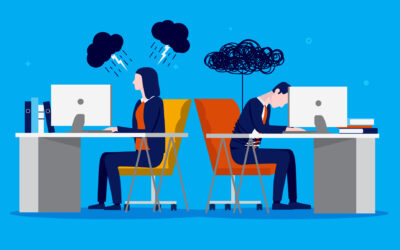Why taking control of your attention supply chain is critical to success in business. The Sirens of distraction are calling.
Consider Supply & Demand Economics
Let’s say your attention is a resource with a very limited supply (only ~8 hrs a day at a full time job) and it’s in extremely high demand from your boss, customers, coworkers, etc. Wouldn’t that mean its price is at a constant premium?! And to boot, you’re the sole controller of the supply chain! What a powerful economic position to be in.
Then, out of the corner of your eye, a small red circle appears on the surface of a shiny glass screen. And you immediately stop selling your product to the highest bidder, and instead you give it away for free to the tiny cat picture tagged to you on Facebook.
What an incredible find! This tiny binary cat must be worth a fortune given the zeal with which you duplicate it, forwarding to 200 additional friends. And the person who sent it could not possibly be ignored. In trade for this treasure, you must send them a yellow circle with two squinting eyes squirting water droplets.

10 minutes later you come to your senses. What were you working on? What was that groundbreaking idea you were on the cusp of unlocking? Ah well… certainly with another 20 minutes of thinking, you’ll find your flow again.
“I should spend more time on Facebook”
No one ever
Taking Control of Your Attention Supply Chain from Technology
Your time is the most valuable resource you have – you can turn it into virtually anything. Don’t let technology steal it. The antithesis to the emerging “attention economy” is you taking control of your own attention supply chain, and the leading disruptors are fairly low-hanging fruit. There are a number of simple things you can do right now in less than 5 minutes that could help you recover dozens or hundreds of hours over the course of this year.
On Your Phone
1. Notifications
Turn off ALL notifications on your computer or phone that are not directly tied to a human trying to reach you. Basically, everything but message/chat(s) and your phone. This includes the red notification dots, 100% of pop-ups, anything that will show up on your lock screen, AND anything that wakes up your phone.
- Android Phones, go to Settings > Apps & Notifications
- iPhones, go to Settings > Notifications

2. Bury or Delete problem apps
Move Facebook, Instagram, TikTok, SnapChat and any ‘go-to’ news apps to a folder or app panel far away from your home screen. When you habitually unlock your phone to do something, these apps will no longer be a visible trigger (and you turned off their notifications, so you can forget about them).
Bonus points. Just DELETE them. I did years ago. Zero life-changing experiences missed. Zero regrets.
3. Do Not Disturb or Turn it Off
If you have an office line, give it to your family or childcare to use for emergencies and put your device out of sight and out of mind. Just check it at lunch.
4. Make it Boring
Color cues and motion are mentally rewarding so UI-developers use them to keep you on your phone and in their applications. Take that power away by putting your phone in grayscale mode and disable animation.
- For Android, it depends on the phone, but “bedtime mode” (not the same as do-not-disturb) is the easiest way to go grayscale and have it togglable.
- For iPhone, you can follow these instructions and set it up as a triple-click home button shortcut.

On your workstation
1. EMAIL
For all its wonders, email is the single greatest time-wasting activity in the business world. For many knowledge workers, it is entirely possible to spend 8 consecutive hours to maintain 20-30 email threads and accomplish nothing with your day. What’s more, a day spent emailing produces very little sense of reward, purpose or satisfaction.
Many of us have tried and failed ‘grouping’ our email times, and I’ve even received autoresponders from people telling me they’re only checking emails twice a day. The assumption is that anything short of a 1-hour response time is failure, but that’s not respectful of your valuable time. Folks will learn quickly to call if they have an urgent need.
Here’s how to do your email in 30 minutes instead of all day:
- Step 0: Don’t just delete but unsubscribe from anything that brings no value to your everyday life.
- Step 1: Sort it. (read previews only if you can) by urgency using color tags or folders to Now, Today, This Week, and Next Week. (resort email every morning)
- Step 2: Read and respond to “Now” emails.
- Step 3: Read and respond to “Today” emails, BUT schedule them to send later, like 5:00pm.
- Step 4: Close your tab. Get a coffee. You’re done. Check it again at lunch time.
2. Meetings
No MAS Calendar Invites
No “Mindless Accept Syndrome” – only say yes to meetings where you will be able and expected to contribute demonstrable value.
And make or state an agenda. It doesn’t need to be a 40-pt document, but by simply stating at the start of the meeting what you need to accomplish and what the flow will be, you’ll maximize your return-on-attention value.
Virtual Meetings
For short meetings with 2 people, consider keeping it virtual. For relationship building or sales, the in-person meeting still has some edge, but if it’s a 30 minute project management touchpoint, just Zoom it and skip the windshield time.
Likewise, for large meetings with a dozen or more people, do whatever you can to avoid a virtual gathering of so many. The delay of technology will waste everyone’s time and latency only rewards loud and rude people. Your precious attention supply is best spent elsewhere.
3. Tabs
Close them when you’re not working on them. They’re just as bad as phone notifications. Open tabs will actually serve as historical evidence to your own distraction!
The reality of a limited supply
With the ever-blurring boundaries between work and life, the way we manage our attention supply chain is more important than ever. The overriding call to action for those of us who will find success is to waste less time at ‘work,’ so we can spend more time creating purpose, relationships and growing together with our communities and families.
Agree? Give this story a share on your LinkedIn. But don’t waste any time there after you’re done!
Digital wellbeing reminder
Maybe time to close that laptop. Take a walk. Refocus. And then give your attention to what matters most.

